Hive Open Mic - Semana 112 “Tradición Local" - PAJARILLO - Cover mandolin.
8
About :

Un cordial saludo musical.
UNA DEFINICION DE JOROPO
Joropo es el nombre que incuestionablemente nos define ante propios y extraños, la esencia de algo netamente venezolano. De algunos años a esta parte, a ese nombre pretendió dársele la significación única de pieza musical, debido tal vez a la resonancia continental de obras como "Marisela", "Amalia", o "Alma Llanera", que transpusieron con éxito los línderos patrios y que ostentaban genéricamente aquel nombre. Pero pronto se volvió a reafirmar el concepto tradicional que da a ese término primordialmente la significación de baile, y también la de fiesta popular hogareña. Porque eso fue en épocas remotas del joropo: un alegre baile popular no exento de los —también tradicionales- anatemas de clérigos y personas de pro. El términojoropo fue sinónimo de baile campesino con música de cuerda y canto que se baila en pareja.
En el sentido de baile familiar —también en algunas ocasiones de baile en lugares públicos-, el vocablo fandango, proveniente de España, se utilizó entre nosotros hasta fines del siglo XIX (1880) para designar no solo el baile, sino también un poco, la connotación genuinamente popular de esas reuniones. Ese vocablo es el que utilizan, a veces con cierto dejo de menosprecio, historiadores, Jueces y prelados al referirse a los bailes que se efectuaban tanto en los pueblos y ciudades, como en los campos. Remontando la corriente histórica hacia el comienzo del siglo pasado, las menciones de tales reuniones bailables llamadas fandangos aparecen unas veces solas, otras, mezcladas con nombres específicos de las piezas que en dichas reuniones se ejecutaban. Así por ejemplo, Ramón Páez (hijo del General José Antonio Páez) cuando viaj aba en compañía de su padre a los Llanos de Apure en diciembre de 1846, tenía la ocasión de disfrutar de una de esas reuniones, y lo narra más tarde en su libro de la siguiente manera:
Las noches se dedicaban a bailar y cantar a la luz de una media docena de candíles o lámparas hechas de barro y alimentadas con manteca de caiman. Como las casas se hallaban a lo largo del río, empleamos cierto número de hombres con el
Propósito de traer compañeros para el fandango, como se llama a estos nocturnos jolgorios.
Hablar del Joropo es algo muy extenso, me limito a hacer esta breve resúmen que muestro aquí.
Es esta oportunidad te presento el Joropo más representativo de la tradición venezolana titulado Pajarillo.
Con cariño, Rodnell.

ENG:
Warm musical greetings.
A DEFINITION OF JOROPO
Joropo is the name that unquestionably defines, before friends and strangers alike, the essence of something purely Venezuelan. From some years ago, this name was given the unique meaning of a musical piece, perhaps due to the continental resonance of works such as "Marisela", "Amalia", or "Alma Llanera", which successfully transposed the patriotic línderos and which generically bore that name. But soon the traditional concept was reaffirmed again, which gives to that term the meaning of dance, and also that of popular home party. Because that was in remote times of the joropo: a cheerful popular dance not exempt of the -also traditional- anathemas of clergymen and people of pro. The term joropo was synonymous of peasant dance with string music and singing that is danced in couple.
In the sense of family dance -also in some occasions of dance in public places-, the word fandango, coming from Spain, was used among us until the end of the XIX century (1880) to designate not only the dance, but also, a little bit, the genuinely popular connotation of those meetings. This word is the one used, sometimes with a certain touch of contempt, by historians, judges and prelates when referring to the dances that took place in the towns and cities, as well as in the countryside. Going back to the beginning of the last century, the mentions of such dance gatherings called fandangos appear sometimes alone, sometimes mixed with specific names of the pieces that were performed in such gatherings. For example, Ramón Páez (son of General José Antonio Páez) when he traveled in the company of his father to the Apure Plains in December 1846, had the opportunity to enjoy one of these gatherings, and he narrates it later in his book as follows:
The evenings were devoted to dancing and singing by the light of a half dozen candíles or lamps made of mud and fed with caiman lard. As the houses were located along the river, we employed a certain number of men with the
purpose of bringing companions for the fandango, as these nocturnal jolgorios are called.
To speak of the Joropo is something very extensive, I limit myself to make this brief summary that I show here.
In this opportunity I present to you the most representative Joropo of the Venezuelan tradition entitled Pajarillo.
With love, Rodnell.
Translated with www.DeepL.com/Translator (free version)
My video in Youtuve:


Tags :
Their limit for today is $0!
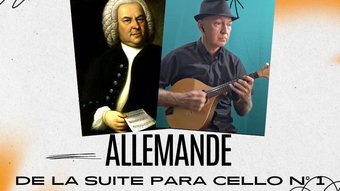
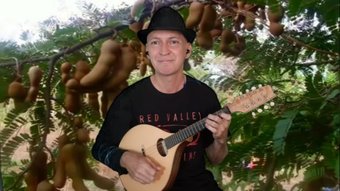


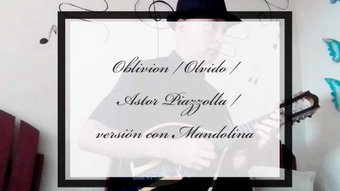







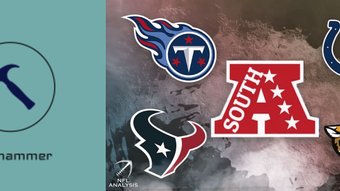






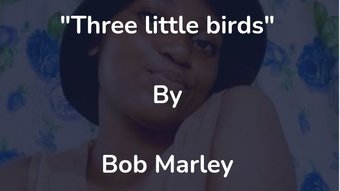
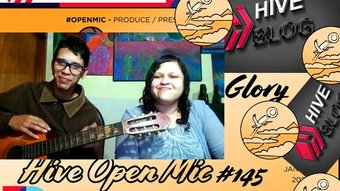









Comments:
Reply:
To comment on this video please connect a HIVE account to your profile: Connect HIVE Account